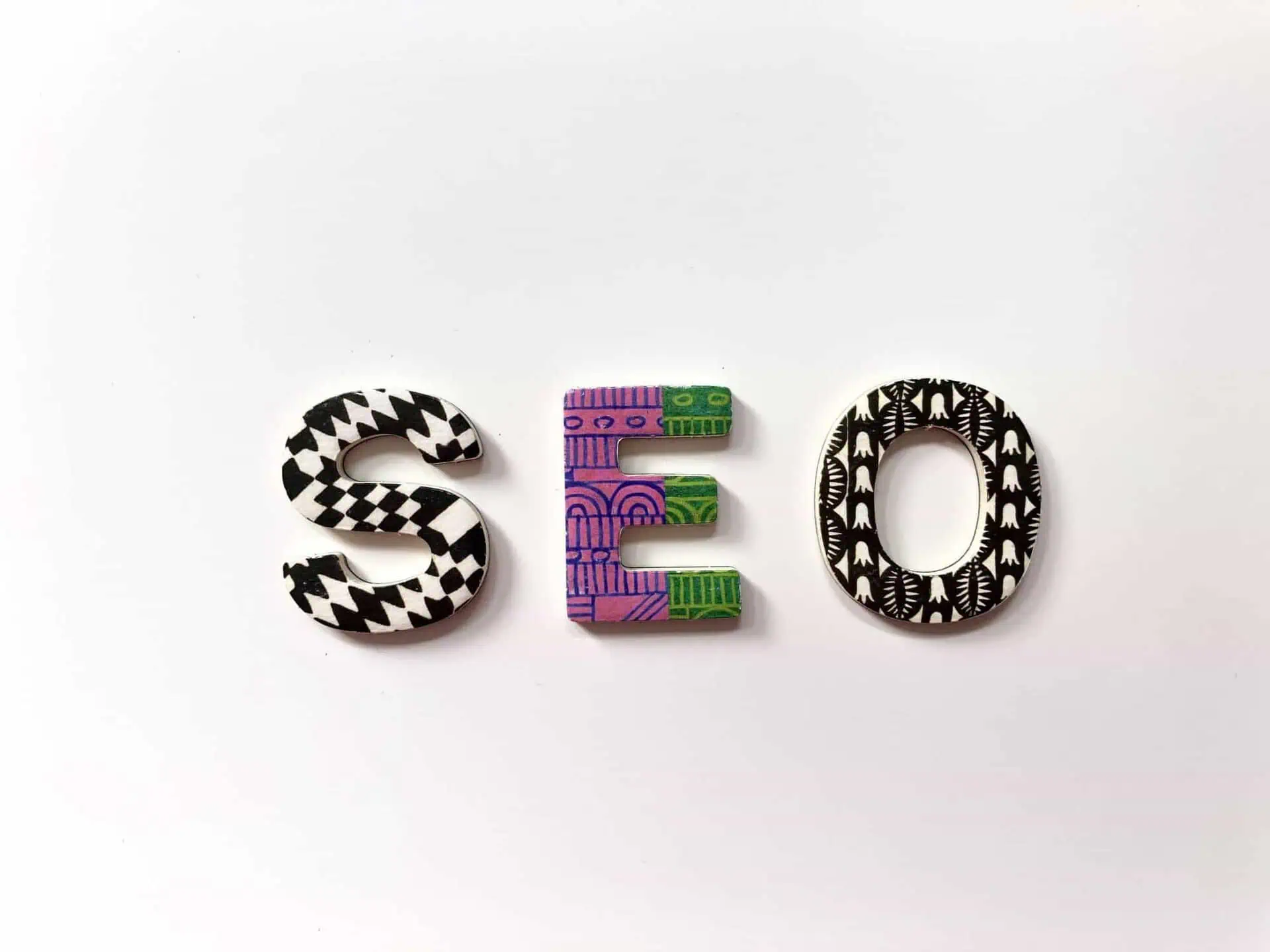Native advertising is one of the most immersive advertising experiences, as you have probably heard a million times. But what is native advertising, so why is it so popular among companies, agencies, and publishers?
Native advertisements are a notion that has been around for over a decade and have the unique flexibility to evolve with media as it evolves. Since then, they have surpassed display ads as the most common kind of online advertising. It allows marketers and businesses to benefit from editorial expertise. When compared to banner or traditional display advertising, it gives a more trustworthy and valuable method for reaching readers.
What Is Native Advertising?
Native advertising is simple paid content. Articles, infographics, videos, if a content creator can create it, a company can buy it, and publishing platforms can market it.
"How does a native advertisement vary from an advertorial?" you might wonder. To be deemed a true native advertisement, the material must adhere to the journal's or site's established editorial style and tone, as well as give the type of information that the audience expects from the publication.
Characteristics Of Native Advertising
Native Advertising is a unique and inventive style of advertising that has evolved through time in the domain of social media platforms and websites. When it comes to its definitions, there are a lot of descriptions and qualities to go through because the industry is still evolving. Here are some of the best its traits and definitions, as well as what they mean.
Native Advertising Is Promotion in Camouflage
Native advertising, in contrast to the typical method of internet marketing, banner advertising (also known as display ads), is done in such a way that both promotion and information are harmoniously balanced.
Native advertising involves carefully embedding sponsored content as though it were a natural part of the editorial on a website. It mimics the behaviour of earlier postings, and with its seamless mix of information and promotion, it disguises itself as advertising.
Native Advertising Can Be Seen On Popular Websites And Social Media Platforms
Native advertising can be found adapting to numerous surroundings and websites, including (but not limited to) social media platforms like Facebook, Twitter, and even Tumblr, since it takes on many different forms. Forbes, Amazon, and Foursquare, to name a few have all featured it.
When done correctly, it can be imperceptible to the average consumer, yet a Standard University study recently discovered that even when it is an evident advertisement, customers don't mind because native advertising keeps them involved in the conversation.
Native advertising is better than banner ads because it acts as if it's a part of the environment and captures the consumer's attention.
Native Advertising As Ad Fatigue Antidote
Native advertising's ability to combat ad fatigue or ad blindness, which consumers develop as a result of the profusion of adverts in every area of the internet, was also discussed.
Because native ads are "non-disruptive," they do not establish a barrier between the ad and the customer, but rather gradually close it with the help of a well-written educational piece surrounding the business. Native advertising engages the consumer for longer than banner ads by describing the inch and gently injecting the brand into the discussion, making it more memorable.
There Are Six Different Types Of Native Advertising
Various businesses and experts have improved the art of writing native advertisements over time. And, because it relies heavily on cloaking, it necessitated the establishment of ethical guidelines to ensure that its use is not abused.
- Paid Search Units
- Recommendation Widgets
- Promoted Listings
- In-Ad Units (With Similar Elements as the websites)
- In-Feed Units
- Custom/"Can't Be Contained"
A Three-Part Structure Governs Native Advertising
When a native ad is successful, it is because it followed the three-part framework that has been honed through time.
The first is advertising integration. It is critical to carefully place the native ad in a platform, its format should not differ from the previous ones.
Second, aligned objectives, in which the ad must be aligned to the consumer's demand at the time, which has a better chance when the ad and the website are in the same niche.
Finally, Ad Transparency is an etiquette play in which a business reveals its ad intent by using terms like Suggested Post, Recommended Post, and Sponsored, among others, to develop trust and rapport.
Examples Of Native Advertising
Native advertising is all around you, even if you are not aware of it. Because it blends advertisement and content, this type of digital advertising is a one-of-kind format. They come in a variety of shapes and sizes due to their one-of-a-kind character. We will look at a few examples in this article to help you get your creative juices flowing for your advertising campaign.
Spotify & Stranger Things
Netflix and Spotify are two companies that are well-known for using user data to create personalised, relevant experiences. The platforms collaborated in 2017 to create a genuinely unique native advertising campaign that received a lot of attention.
Following the release of Netflix's Stranger Things series, Spotify users discovered that they could enter "Stranger Things" mode on the platform, where they were assigned a Spotify playlist based on a character from the show based on their listening habits.
This material was clearly labelled as sponsored, and the design was tailored to Spotify's platform and aesthetic.
Social Media Ads
Open any of your social media applications and look at the in-feed ads. This is the simplest approach to uncover an example of native advertising. This is by far one of the most widely used types of native advertising. These sponsored In-Feed Ads are clearly marked as such, exactly mimic organic material, and appear in the user's content feed.
Instagram Filter & Nickelodeon
On the other hand, not all native ads on social media have to be in-feed ads. Nickelodeon demonstrated this with their amusing Instagram filter, "Which SpongeBob Character Are You?"
This type of advertisement is fun and participatory, and it's a terrific way to engage Instagram followers. It's labelled as a Nickelodeon-sponsored filter in the app, and it's located alongside the other organic filters. It functions in the same way as any other organic filter.
Taco Bell & Snapchat
Taco Bell chose to collaborate with Snapchat to create a lens in honour of Cinco de Mayo, similar to Nickelodeon's Instagram filter. Users enjoyed the sponsored filter because it made their faces appear like huge taco shells, despite the fact that the concept was basic.
The filter was a huge hit, with over 224 million views in a single day. Naturally, it not only entertained people but also marketed Taco Bell on social media.
Difference Between Native Advertising And Content Marketing
It can be difficult to tell the difference between Content Marketing and Native Advertising. Here's a rundown of the important distinctions to help you figure out which technique is best for your business.
The objectives of content marketing span the marketing funnel, from raising awareness to driving conversions. The primary purpose of native advertising is to raise awareness.
| Content Marketing | Native Advertising |
| The goals of content marketing are to achieve search engine rankings, brand awareness and conversions | The goals of native advertising are to achieve brand awareness and social engagement |
| The key performance indicator of content marketing is the number of leads, high-quality links and total social shares | The key performance indicator of native advertising are campaign views, site traffic and social engagement |
| The benefits of content marketing are it increased organic rankings, drive brand awareness and optimized for conversions | The benefits of native advertising are to drive brand awareness and brand engagement |
| The challenges are securing publisher partnerships and to require long-term investment | The challenges are that it's costly to scale, "sponsored" tag perceived as ad and it lacks SEO benefits. |
Content marketing is the process of delivering useful, instructional, or amusing content to consumers in a style that helps brands change perceptions, raise awareness, or increase conversions by answering customers' questions.
It can also be used to boost your site's page rank by optimising content for search engines. As a marketing approach, content marketing provides clients with long-term, sustainable value, with Key Performance Indications (KPIs) tied to the number of leads, shares, and high-quality links.
With a story-telling style meant to address specific questions, Content Marketing targets diverse audience personas.
Native advertising is characterised by a unique ad structure that mimics the natural form and function of the user experience. They adhere to the publication's editorial guidelines to make the brand content appear journalistic.
They're designed to look like editorial content and appear in the user's direct reading flow, so they don't get in the way.
The adverts are tagged "Sponsored" or "Ad" and are designed for the native flow. Users are more receptive to advertising that takes the appearance of editorial content, thus the ads are more compelling.
Conclusion
Many of the native ads we see online these days are quite fantastic. Some are visually appealing, while others are unique, and yet others provide ideas for new methods to promote engaging content and acquire mindshare. This advertising method is still young and it will continue to evolve as the internet's use evolves.
Although native advertising can be beneficial to most businesses, it should not be the sole focus of your internet marketing approach. You should embrace anything that allows you to get your material in front of the correct audience.










